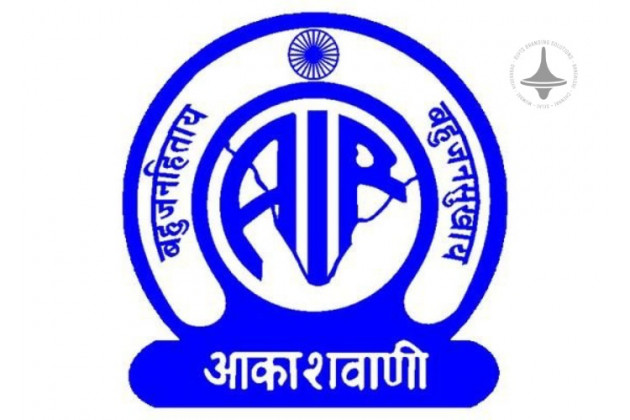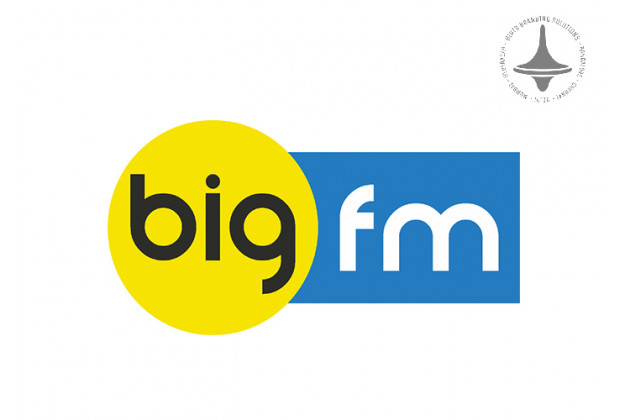Real Time | Ad Optimization Tactics | Digital Marketing | Elyts

In today’s fast-paced digital advertising landscape, advertisers need to constantly adjust their campaigns to maximize performance. Real-time ad optimization allows brands to dynamically tweak their strategies based on live data, ensuring that they reach their target audiences with the right message, at the right time, and on the right platform. This approach goes beyond traditional methods of campaign management, enabling marketers to make instant decisions that impact their bottom line.
In this article, we’ll explore effective real-time ad
optimization tactics that can boost your campaign performance and enhance the
ROI of your advertising efforts.
1. Leverage Real-Time Data and Analytics
The foundation of real-time ad optimization lies in
harnessing the power of data. By continuously collecting and analyzing live
data, such as impressions, clicks, conversions, and user behavior, advertisers
can gauge the effectiveness of their ads in real time.
How to implement:
- Use
advanced analytics tools to monitor key performance indicators (KPIs) like
Cost Per Acquisition (CPA), Return on Ad Spend (ROAS), and Conversion Rate
(CVR).
- Integrate
your advertising platforms with analytics tools (e.g., Google Analytics,
Facebook Ads Manager) to track performance at granular levels.
- Monitor
audience engagement patterns in real time to identify which demographics
or segments are performing best.
With real-time insights, advertisers can quickly determine
if an ad is underperforming and make the necessary adjustments before the
campaign spends too much budget.
2. A/B Testing for Instant Adjustments
A/B testing is a critical tactic for optimizing ad
creatives, copy, and targeting strategies in real time. By running simultaneous
variations of an ad, marketers can quickly compare which elements perform
better and scale up the winning version on the spot.
How to implement:
- Create
different versions of your ad creatives, such as varying headlines,
images, call-to-actions (CTAs), and targeting parameters.
- Use
real-time testing tools to run experiments on platforms like Google Ads,
Facebook, or other programmatic ad networks.
- Continuously
monitor the performance of each variation and allocate the budget to the
most effective one instantly.
This constant testing and iteration process allows
advertisers to fine-tune their campaigns, ensuring optimal performance across
all channels.
3. Dynamic Creative Optimization (DCO)
Dynamic Creative Optimization (DCO) is an advanced real-time
optimization technique that automates the personalization of ad creatives based
on user behavior and data. It allows ads to be dynamically customized for each
individual in real time, increasing the chances of engaging them effectively.
How to implement:
- Utilize
machine learning algorithms that analyze data from various sources, such
as demographic, behavioral, and contextual data, to create personalized ad
content.
- Automatically
adjust creative elements like messaging, visuals, and offers based on the
user's past interactions or browsing history.
- Platforms
like Google Display Network and Facebook offer DCO features, where you can
automatically adjust creatives for real-time performance improvement.
By delivering highly personalized ads, you increase the
likelihood of capturing attention and driving conversions.
4. Programmatic Advertising and Real-Time Bidding (RTB)
Programmatic advertising and Real-Time Bidding (RTB) are key
elements of real-time ad optimization. RTB allows advertisers to bid on ad
inventory in real time, ensuring that you’re able to reach your audience with
the best possible price for each impression.
How to implement:
- Work
with programmatic ad platforms such as Google DV360 or The Trade Desk to
automate bidding and ad placement.
- Set
up rules based on specific goals, such as targeting high-conversion users
or bidding higher for more valuable inventory.
- Optimize
bidding strategies by leveraging RTB to adjust bids based on factors like
audience engagement, time of day, or geographic location.
RTB allows for real-time competition for ad inventory,
ensuring your ads are shown at the most effective times for your target
audience while managing costs efficiently.
5. Geo-Targeting and Contextual Adjustments
Geo-targeting allows you to optimize ads based on users’
geographic locations, ensuring that the message aligns with their local
context. Real-time geo-targeting enables marketers to adjust campaigns
instantly, based on factors such as local events, weather, or specific regional
needs.
How to implement:
- Use
geo-targeting features in platforms like Google Ads or Facebook to adjust
ad delivery to specific locations.
- Adjust
your bidding strategies based on location-specific demand.
- Deliver
contextually relevant ads that appeal to users based on their real-time
circumstances. For example, if the weather turns rainy in a particular
city, you can show ads promoting raincoats or umbrellas.
By personalizing ads based on location and context, you’re
more likely to capture users' attention and drive higher engagement.
6. Predictive Analytics and Machine Learning
Machine learning and predictive analytics are becoming
essential tools for real-time ad optimization. Predictive models can forecast
which users are most likely to convert, and you can adjust your campaigns
accordingly, ensuring better targeting and higher conversion rates.
How to implement:
- Implement
machine learning algorithms that analyze historical data to predict user
behavior and forecast campaign outcomes.
- Use
platforms that integrate predictive analytics, such as Google’s AutoML or
Adobe Sensei, to adjust your campaigns in real time based on predictive
insights.
- Leverage
lookalike modeling to identify new users who are most likely to engage
with your brand based on historical data.
Predictive analytics empowers advertisers to anticipate
trends and optimize campaigns before they even begin to lose effectiveness.
7. Audience Segmentation and Dynamic Retargeting
Segmentation is the process of dividing your audience into
specific groups based on behavior, interests, demographics, and more. Dynamic
retargeting is the technique of showing customized ads to users who have
already interacted with your brand. Combining segmentation with retargeting can
significantly improve performance.
How to implement:
- Segment
your audience based on data such as past purchases, website visits, or
abandoned carts.
- Use
dynamic retargeting to show personalized ads to users who didn’t convert
the first time.
- Optimize
your retargeting strategy in real time by adjusting ad frequency,
creatives, and messaging based on user interactions.
This technique keeps your brand top-of-mind for potential
customers while delivering relevant content that increases the chances of
conversion.
Conclusion
Real-time ad optimization is a powerful strategy that allows
advertisers to fine-tune their campaigns on the fly, ensuring maximum impact
and efficiency. By leveraging data, testing, dynamic creative solutions,
programmatic bidding, and predictive analytics, marketers can make informed
decisions that deliver tangible results. As the digital advertising ecosystem
becomes more complex, adopting real-time optimization tactics will help your
brand stay ahead of the competition and achieve better performance across all
channels.
Elyts Advertising and Branding Solutions | www.elyts.in (India) | www.elyts.agency (UAE)






















Leave a Comment